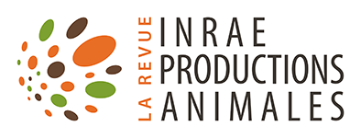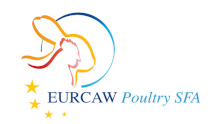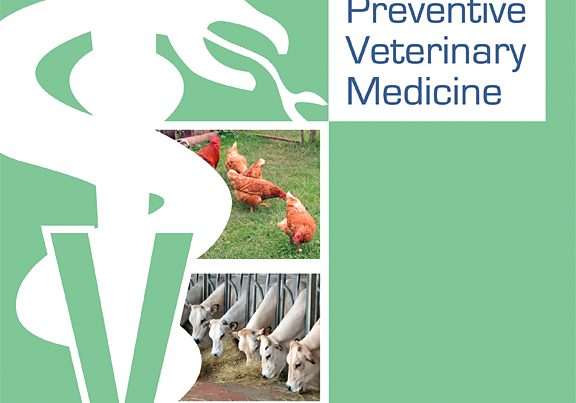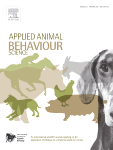Document type: Review article published in INRAE Productions Animales
Authors: Maxime Delsart , Françoise Pol, Barbara Dufour, Nicolas Rose, Christelle Fablet
French introduction (original): Alternative farming systems, whose image in society is often idealized, allow pigs to express a wider range of behaviors than in confined farms. These farming systems offer real advantages, but they also face challenges, particularly in terms of biosecurity, animal health and public health. Paradoxically, some may also present limitations in terms of animal welfare.
Abstract in English (provided by the authors) : Pig farming in alternative systems: strengths and challenges in terms of animal welfare, biosecurity, animal health and safety
In pig production, the conventional indoor system with a slatted floor currently dominates. However, this production system is becoming less socially acceptable, with a growing number of citizens expressing a desire for outdoor access for livestock to improve their welfare. In this context, alternative production systems are gaining ground. Although they are popular with consumers and citizens, these alternative systems have points of potential criticism. Here, we reviewed the international scientific literature on animal welfare, biosecurity, animal health and pork safety in alternative pig-production systems. In general, alternative farms give pigs the opportunity to express a wider ethogram (i.e. set of behaviors) than pigs on conventional farms, and pigs in these farming systems seem to have fewer respiratory diseases. However, management of feeding, watering, temperatures and predators is often more complicated in these outdoor systems. In addition, biosecurity measures seem to be more difficult to apply and observe than those on conventional farms, especially in free-range systems. Both parasitism and piglet crushing (in farrowing units) remain a real challenge. Furthermore, the higher prevalence of many zoonotic pathogens on these farms may represent a risk to human health.




